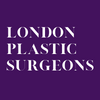What Causes and How to Treat Man Boobs
Gynaecomastia is a condition that affects men, resulting in the enlargement of breast tissue, commonly referred to as “man boobs.” This condition can be both embarrassing and physically uncomfortable for those who experience it. It is essential to understand the various factors that contribute to the development of gynaecomastia to address the issue and seek appropriate treatment. In this blog, we will discuss the common causes of man boobs and how to diagnose and treat man boobs.
Mr Mark Gittos is a renowned plastic surgeon with an impressive track record of helping men overcome the physical and emotional challenges associated with gynaecomastia. With clinics in both London, UK, and Auckland, New Zealand, Mr Gittos offers world-class expertise in providing surgical solutions tailored to the specific needs of his patients.
Download Mr Mark Gittos’ Guide to Male Breast Surgery – Gynaecomastia or Man Boobs
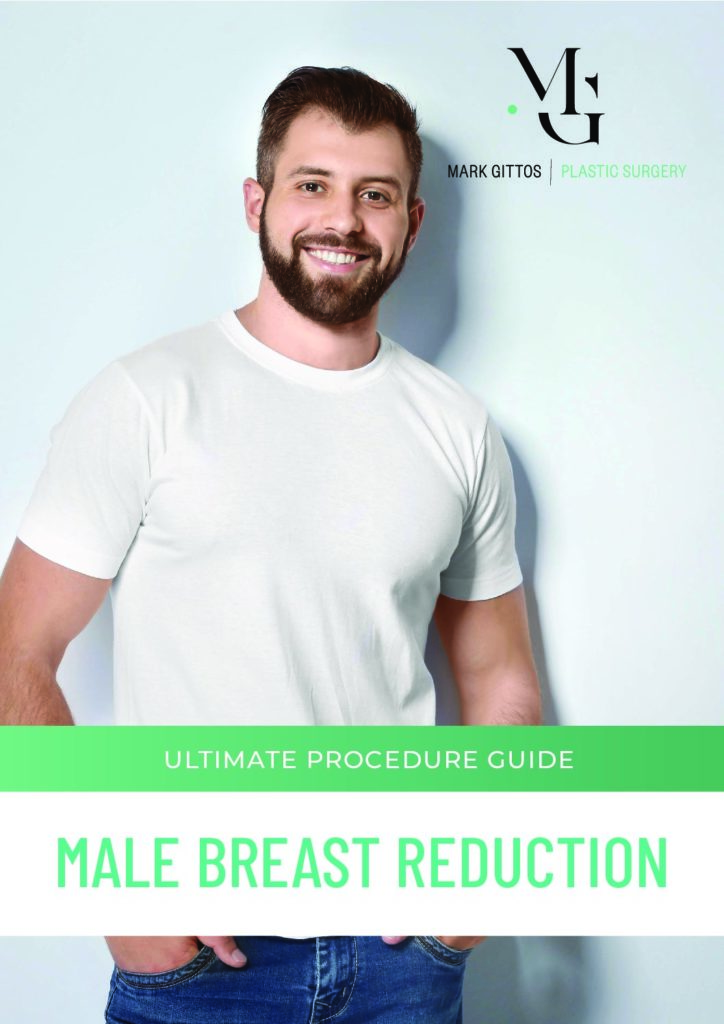
Common Causes of Man Boobs
There are several reasons why men may develop enlarged breasts, ranging from hormonal imbalances to certain medical conditions. Here are some common factors that can contribute to the development of man boobs:
- Hormonal Imbalances: Gynaecomastia often results from an imbalance between the hormones oestrogen and testosterone. When there is an excess of oestrogen or a lack of testosterone, breast tissue can become enlarged
- Obesity: Carrying excess body weight can lead to the development of fatty tissue in the breast area, which may cause the appearance of man boobs
- Ageing: As men age, their hormone levels can begin to fluctuate, leading to a higher likelihood of developing gynaecomastia
- Medications: Specific drugs, including anti-androgen treatments, anabolic steroids, and a selection of antidepressants, have the potential to cause gynaecomastia
- Substance Abuse: The use of drugs or alcohol can disrupt hormonal balance, leading to the development of man boobs
Hormonal Imbalances and Gynaecomastia
One of the primary causes of man boobs is an imbalance in hormone levels. Oestrogen, a hormone typically associated with females, is responsible for stimulating the growth of breast tissue. Testosterone, on the other hand, generally inhibits breast tissue growth. When there is an excess of oestrogen or a deficiency in testosterone, it can lead to the development of gynaecomastia.
Hormonal imbalances can occur for various reasons, including genetic factors, medical conditions, or the use of certain medications. For example, men with Klinefelter Syndrome, a genetic disorder, often have lower testosterone levels and higher oestrogen levels, increasing their likelihood of developing gynaecomastia. Additionally, conditions such as liver disease, testicular cancer, or thyroid problems can disrupt hormone production and lead to the development of man boobs.
It is essential to address hormonal imbalances to effectively treat gynaecomastia. In some cases, hormone therapy, such as testosterone replacement or oestrogen blockers, may be recommended to help restore balance and reduce breast tissue growth.
Lifestyle Factors Contributing to Enlarged Breasts in Men
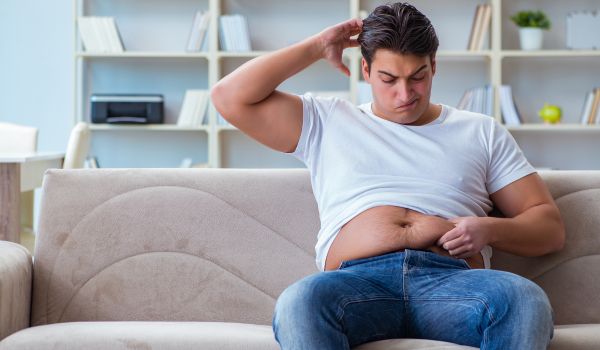
Several lifestyle factors can contribute to the development of enlarged breasts in men, including poor diet, lack of exercise, and substance abuse. Addressing these factors can help prevent and manage gynaecomastia.
- Poor Diet: Consuming a diet high in calories, unhealthy fats, and sugars can lead to weight gain and the accumulation of fatty tissue in the breast area. Adopting a well-balanced diet rich in fruits, vegetables, lean proteins, and healthy fats can help reduce excess body fat and minimise the appearance of man boobs
- Lack of Exercise: Regular physical activity is crucial for maintaining a healthy body weight and promoting overall health. Engaging in regular strength training exercises, particularly those targeting the chest area, can help tone and tighten the muscles underneath the breast tissue, reducing the appearance of man boobs
- Substance Abuse: The use of drugs or alcohol can disrupt hormone balance and contribute to the development of gynaecomastia. Limiting or eliminating substance use can help maintain proper hormone levels and reduce the risk of developing man boobs
Medical Conditions Leading to Feminine-looking Breasts in Men
Several medical conditions can contribute to the development of enlarged breasts in men. Conditions that disrupt hormone production or balance, such as liver disease, testicular cancer, or thyroid problems, can increase the risk of developing gynaecomastia. Additionally, certain tumours, particularly those that produce oestrogen, can also lead to the development of man boobs.
It is important to consult with your doctor if you suspect that a medical condition may be contributing to your gynaecomastia.
The Psychological Impact of Man Boobs
Gynaecomastia can have a significant psychological impact on those who experience it. Feelings of embarrassment, self-consciousness, and low self-esteem are common among men with enlarged breasts. These feelings can lead to social isolation and negatively impact personal and professional relationships.
It is essential to address the emotional and psychological aspects of gynaecomastia in addition to the physical symptoms. Seeking support from loved ones, support groups, or mental health professionals can help individuals cope with the emotional challenges associated with this condition.
How to Diagnose Gynaecomastia
If you suspect that you may have gynaecomastia, it is crucial to consult with a healthcare professional for a proper diagnosis. A physical examination, medical history, and discussion of any medications or substances you are using will help determine the cause of your enlarged breasts. In some cases, additional tests, such as blood work or imaging studies, may be recommended to rule out other potential causes.
Once a diagnosis of gynaecomastia has been confirmed, your doctor can discuss appropriate treatment options based on the underlying cause and the severity of your symptoms.
Treatment Options for Man Boobs
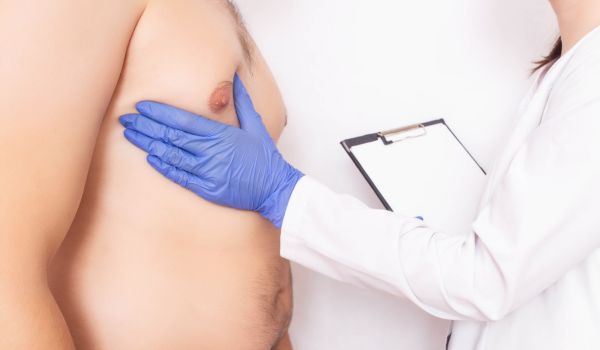
The most effective treatment for gynaecomastia will depend on the underlying cause and the severity of the condition. Some possible treatment options include:
- Hormone Therapy: If hormonal imbalances are the primary cause of your gynaecomastia, hormone therapy may be recommended to help restore balance and reduce breast tissue growth
- Medication Adjustments: If your gynaecomastia is caused by a medication you are taking, your healthcare provider may recommend adjusting the dose or switching to a different medication
- Lifestyle Changes: Addressing lifestyle factors, such as improving your diet, increasing physical activity, and reducing substance use, can help manage and prevent gynaecomastia
- Surgical and Non-Surgical Solutions: In some cases, surgical or non-surgical procedures may be recommended to remove excess breast tissue and improve the appearance of your chest
Surgical and Non-Surgical Solutions for Man Boobs
If conservative treatments, such as lifestyle changes and hormone therapy, are not effective in reducing your gynaecomastia, surgical or non-surgical solutions may be considered. Some possible options include:
- Liposuction: This minimally invasive procedure involves the removal of excess fatty tissue from the breast area, resulting in a more contoured and masculine appearance
- Gynaecomastia Surgery: In more severe cases of gynaecomastia, a male breast reduction surgery may be recommended. This surgical procedure involves the removal of excess breast tissue, often resulting in a flatter and more masculine chest
- Non-Surgical Treatments: Some non-surgical options, such as CoolSculpting or radiofrequency treatments, can help reduce the appearance of man boobs by targeting and destroying fat cells in the breast area
Prevention and Management Tips for Gynaecomastia
To prevent and manage gynaecomastia, consider the following tips:
- Maintain a Healthy Lifestyle: Eating a balanced diet, exercising regularly, and avoiding substance abuse can help maintain proper hormone levels and reduce the risk of developing man boobs
- Monitor Medication Use: Be aware of any medications you are taking that may contribute to gynaecomastia and discuss any concerns with your doctor
- Seek Professional Help: If you suspect that you have gynaecomastia, consult with a doctor for a proper diagnosis and treatment plan
FAQs about Gynaecomastia and Man Boobs

What is gynaecomastia and how does it differ from “man boobs”?
- Gynaecomastia is a medical condition characterised by the enlargement of male breast tissue due to an imbalance in the hormones oestrogen and testosterone. This can lead to the appearance of a more feminine-looking chest. On the other hand, “man boobs” is a colloquial term often used to describe excess fat accumulation in the chest area, typically caused by obesity or weight gain. This condition is known as pseudo gynaecomastia and does not involve the actual enlargement of glandular tissue.
What are the common causes of gynaecomastia?
Gynaecomastia can be caused by various factors, including hormonal imbalances, certain medications, drug or alcohol use, aging, and certain health conditions. Some common causes include:
- Puberty: Hormonal fluctuations during puberty can lead to temporary gynaecomastia in adolescent boys
- Ageing: As men age, testosterone levels decrease, and oestrogen levels can increase, leading to gynaecomastia
- Medications: Some medications can cause gynaecomastia as a side effect
- Medical conditions: Health issues like liver disease, kidney failure, and hypogonadism can contribute to the development of gynaecomastia
How is gynaecomastia diagnosed and treated?
- A physical examination by a healthcare professional is the first step in diagnosing gynaecomastia. The doctor will examine the breast tissue to determine if the enlargement is due to glandular tissue or fat. Further tests, such as blood tests or imaging studies like mammography or ultrasound, may be required to identify the underlying cause. Treatment for gynaecomastia depends on the cause and severity of the condition. In some cases, such as during puberty, gynaecomastia may resolve on its own without treatment. If the condition is due to an underlying health issue or medication, addressing the root cause may help. In severe or persistent cases, surgical intervention, such as liposuction or glandular tissue removal, may be recommended.
Can exercise or weight loss help reduce the appearance of moobs?
- While exercise and weight loss can help reduce excess fat in the chest area, they may not be as effective in treating true gynaecomastia caused by enlarged glandular tissue. However, for individuals with pseudo gynaecomastia, adopting a healthy diet and exercise regimen can significantly improve the appearance of the chest. Strength training exercises targeting the chest muscles, such as push-ups and bench presses, can help tone and define the area.
What is involved in gynaecomastia surgery, and what can I expect during recovery?
- Gynaecomastia surgery, also known as male breast reduction, involves the removal of excess glandular tissue and/or fat from the chest area. The procedure may involve liposuction, glandular tissue excision, or a combination of both, depending on the patient’s specific needs. Recovery from gynaecomastia surgery usually takes one to two weeks.
Further Reading about Men Procedures
- Read Mr Mark Gittos’ Men Surgery Page
- Read Mr Mark Gittos’ Male Breast Reduction Surgery Page
- Read Mr Mark Gittos’ Liposuction Page
- Read Mr Mark Gittos’ Blepharoplasty Page
- Read Mr Mark Gittos’ Abdominoplasty Surgery Page
Medical References about Man Boobs and Gynaecomastia
- What is gynaecomastia? – NHS
- Enlarged breasts in men (gynaecomastia) – Mayo Clinic
- How to get rid of man boobs: Exercise, diet, and treatment
- These 4 Exercises Will Help to Banish Your Man Boobs
- Best Exercises for Gynaecomastia – WebMD
About Mr Mark Gittos FRACS (Plast) – London Plastic Surgeons
Practice locations in London & Essex, UK and Auckland, New Zealand.
Mr Mark Gittos offers high quality, natural-looking cosmetic surgery results and is highly experienced in Breast, Body and Face Surgery having performed over 4000 Surgeries in the last 26 years.
With world-wide expertise Mr Gittos is an expert in breast, face and body surgery for men & women.
Mr Mark Gittos is a leading Specialist Plastic Surgeon and operates a practice in London UK and Auckland New Zealand. His practice focuses on both surgical and non-surgical procedures, each designed to help restore, improve or change a physical characteristic or problem. The first step in every case is to talk through your personal requirements and explore all the options, before deciding on the most effective solution.
Naturally, before any treatment is begun, we will explain clearly the advantages and risk factors; so that you have the information you need to make an informed decision that is best for you. Visit the practice to find out more.
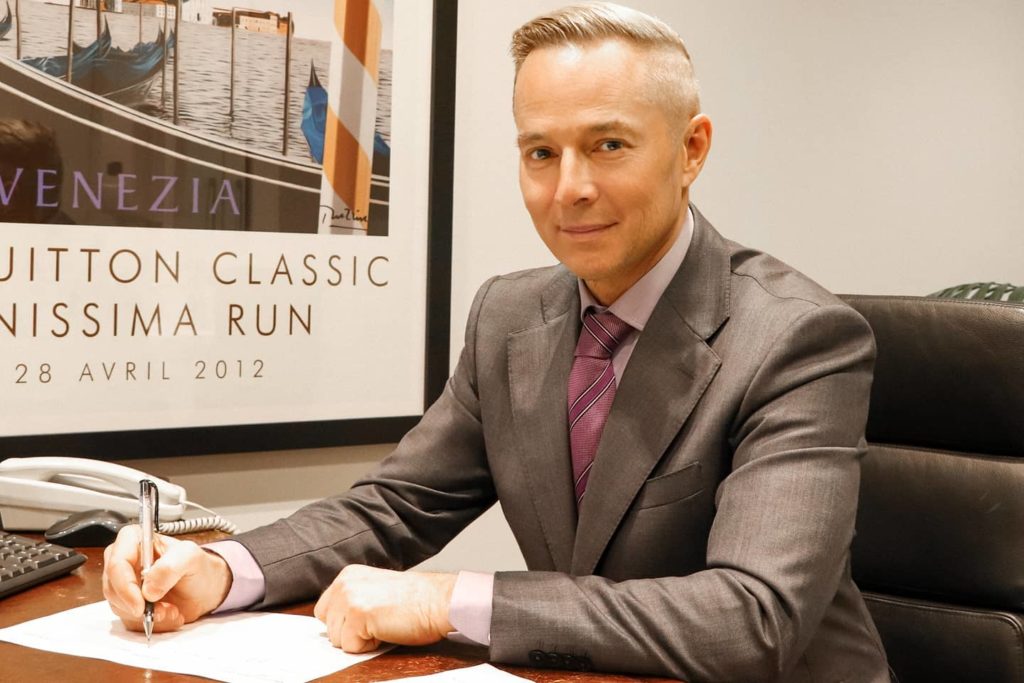
NEXT STEPS
Do your Research
- Read the Website and Blogs relevant to your procedure
- Browse our Frequently Asked Questions including how to choose a Surgeon for your procedure
- Download the Guides to Surgery
What to Bring to your Plastic Surgeon Consultation
- Bring a friend or relative to help discuss the information and your choices
- Take lots of notes and read the documents provided thoroughly
- Want more information before scheduling your consultation?
Book your Initial Surgery Consultation
- A Referral from your GP or specialist is helpful but NOT essential – you can have a consultation without a GP Referral
- Email us or Call in London on 07557 858156 to arrange your surgeon consultation appointment.
- Book a consultation with Mr Gittos by paying the Consultation Fee
Please contact us to arrange to book a consultation with our Specialist Plastic Surgeon or to speak with our Patient Care Advisor.
Send an enquiry form today or UK phone 07557 858156 during Clinic Hours
